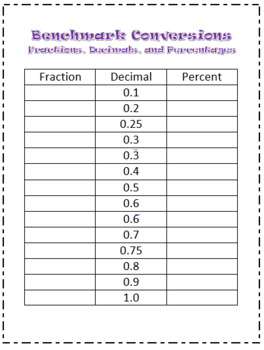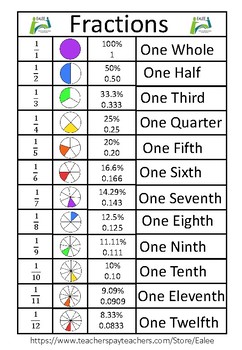

Using language like 4 lots of three hundredths equals twelve hundredths (and how do we write this) is useful. Again, this topic should be introduced using equipment like decipipes or place value blocks to build an understanding of the process. Note that the standard algorithm will cause some students grief (for example 0.06 x 5 = 0.3, which does not have two decimal places). This exercise looks at multiplication of decimals. Modelling what they have created as a problem with materials would be a useful way of correcting misconceptions about which practical problems utilise this skill.Īsks students to multiply by hundredths in the form of 0.03 x 4. Discussing the word problems may be an important follow-up, especially where some students have demonstrated lack of understanding.

This latter should be collected in for marking, to check that students have developed an understanding of the multiplications, and can recognise an instance in which using this process would be of value. The final problems involve students writing and marking their own problems, including one word problem. Introductory problems can be modelled using equipment like decipipes or place value blocks before the exercise is introduced. This activity introduces students to multiplication of fractions, but uses the more familiar concepts of ‘lots of’. It is surprising how many students assume that each (major) mark stands for one, with each of the little marks being a tenth, and do not realise that they need to start out by identifying the scale on the interval.Īsks students to multiply hundredths in the form of 6 lots of 2/12. For example, in this exercise it is important for students to start off by looking at the numbers at each end of the interval, then working out what each major mark, and each minor mark stands for.

This is because number lines use a different set of conventions to those used in counting. For example, 15/100 = 0.15.Īsks students to underline the digit in the hundreds place.Īsks students to circle around the digit in the hundredths place.Īsks students to add one hundredth (1/100) to numbers.Īsks students to subtract one hundredth (1/100) from numbers.Īsks students to add one hundredth (0.01) to decimal numbers.Īsks students to subtract one hundredth (0.01) to decimal numbers.Īsks students to identify the digit in the tens, hundreds, tenths, hundredths column in numbers.Īsks students to identify what number an arrow is pointing to a decimal number line. This exercise taps into the measure construct of decimals, so may be harder for students to work with than the numbers alone. Comments on the ExercisesĪsks students to write a number in expanded form.Īsks students to write the expanded number as a one decimal place number.Īsks students to colour in the decimal (tenths decimals and hundredths decimals) on a diagram.Īsks students to write mixed number fractions with a 100 as a denominator as a decimal. It is important that students develop a good sense of understanding of decimal palce value. Write tenths and hundredths in decimal and fraction form Background Explain the role of the decimal point as separator of the wholes and the parts of a whole


 0 kommentar(er)
0 kommentar(er)
